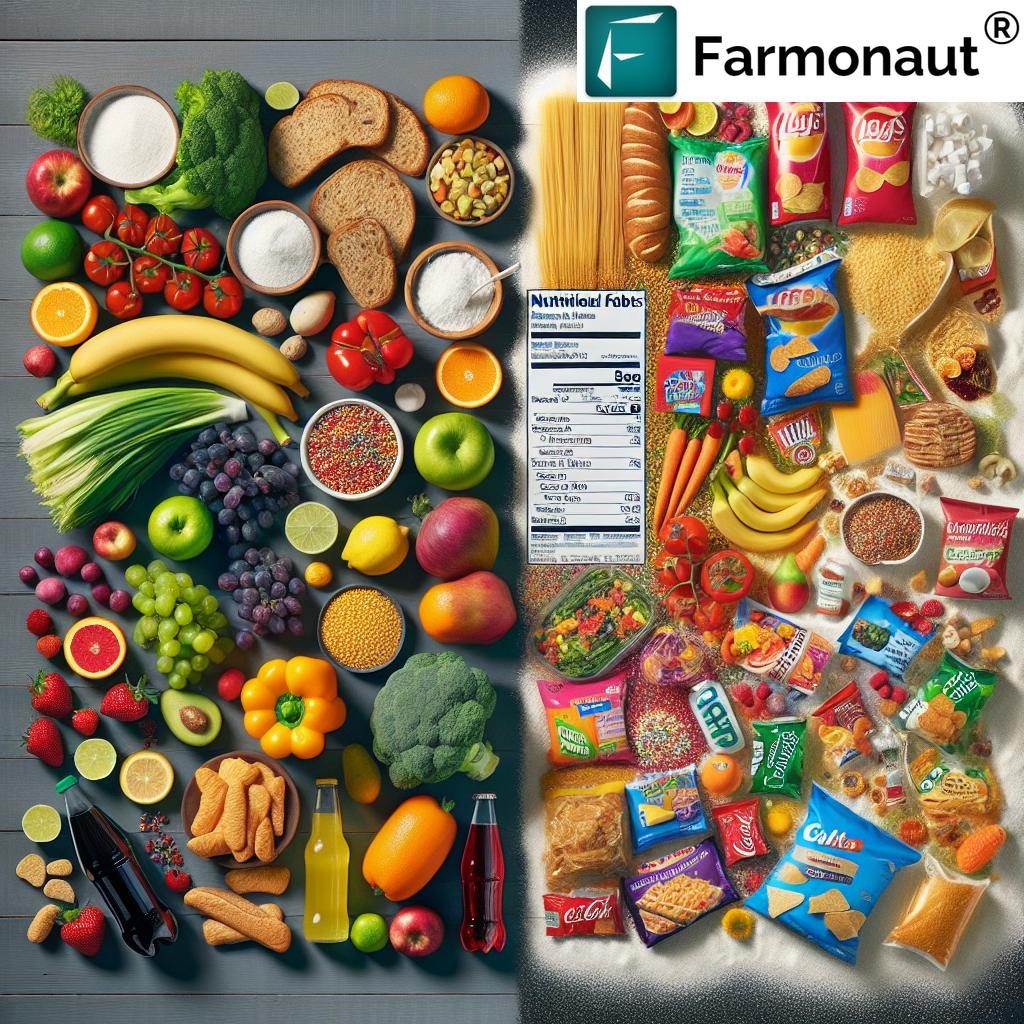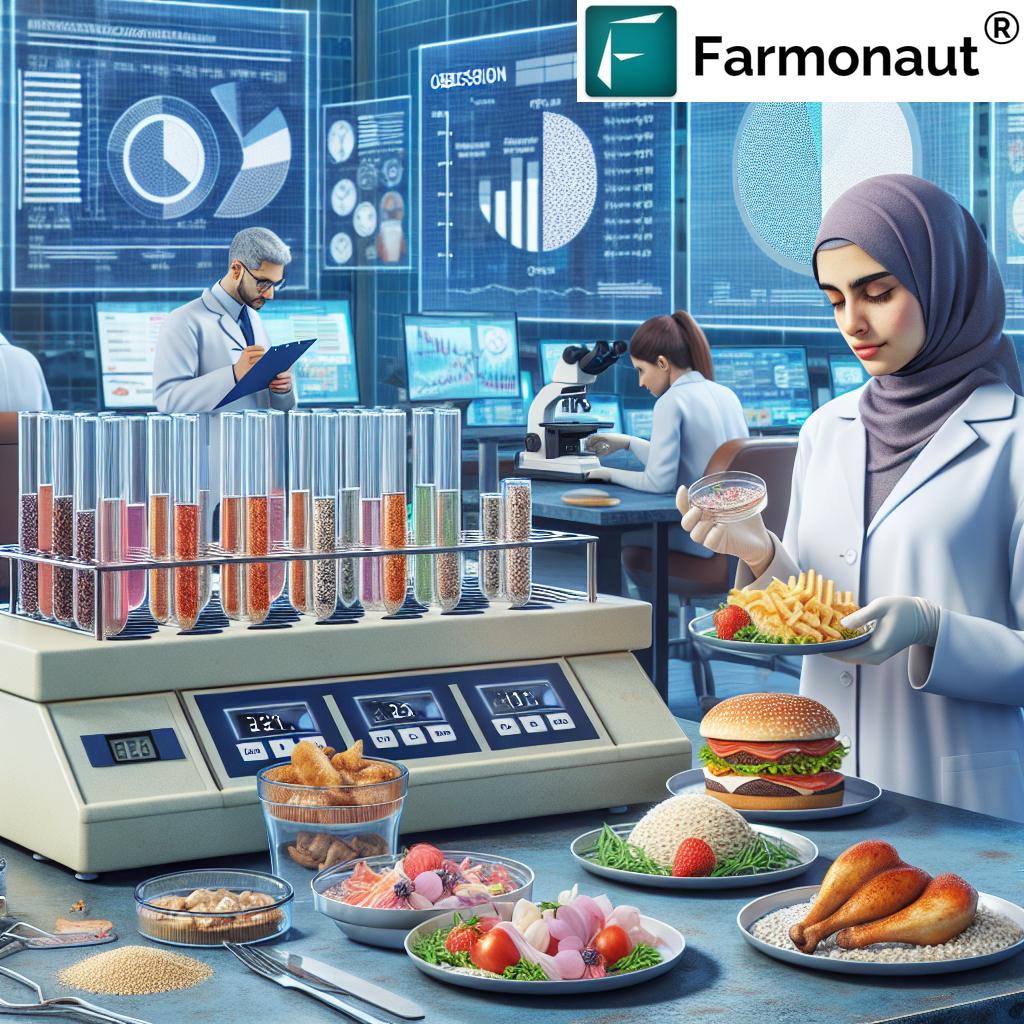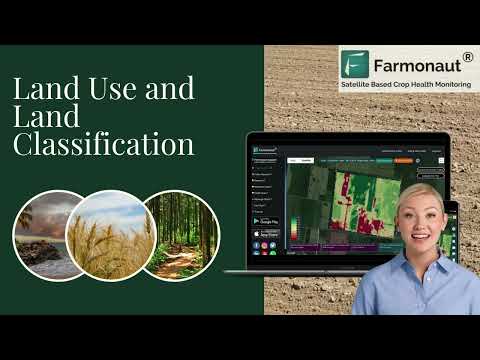Unveiling the Hidden Impact: How Ultraprocessed Foods Shape Our Health and Environment

“Ultraprocessed foods constitute over 70% of the U.S. food supply, potentially impacting obesity rates and overall health.”
In recent years, the spotlight has been increasingly focused on the role of ultraprocessed foods in our diet and their potential impact on our health and the environment. As we delve into this complex topic, we’ll explore the findings of a groundbreaking nutrition study that aims to uncover the hidden effects of these ubiquitous food products. Join us as we unravel the intricate relationship between food processing, nutrition, and the broader implications for our well-being and the world around us.
The Rise of Ultraprocessed Foods: A Modern Dietary Challenge
Ultraprocessed foods have become a dominant force in the modern food landscape, accounting for more than 70% of the U.S. food supply. These products, characterized by their high levels of processing and addition of multiple ingredients not typically found in home kitchens, have raised concerns among health professionals and researchers alike. But what exactly are ultraprocessed foods, and why are they causing such a stir in the scientific community?
- Ultraprocessed foods are typically high in fat, sodium, and sugar
- They often contain added colors and chemicals not found in home cooking
- Examples include sugary cereals, potato chips, frozen pizzas, and sodas
The prevalence of these foods in our daily diets has coincided with rising rates of obesity and other diet-related diseases. This correlation has prompted researchers to investigate the potential causal relationships between ultraprocessed food consumption and various health outcomes.
The Groundbreaking Nutrition Study: Unveiling the Truth
At the heart of this investigation is a comprehensive nutrition study led by National Institutes of Health nutrition researcher Kevin Hall. This study aims to provide concrete evidence on the health effects of ultraprocessed foods by closely monitoring participants in a controlled environment.
“A groundbreaking nutrition study closely monitors participants’ diets to gather precise data on calorie intake and physiological responses.”
The study’s methodology is rigorous and innovative:
- Participants spend 28 days in a controlled hospital setting
- Every morsel of food consumed is meticulously documented
- Wearable monitors track movement and physiological responses
- Blood samples are regularly collected for analysis
- Participants spend time in metabolic chambers to measure energy expenditure
This level of detail allows researchers to gather precise data on dietary habits and their immediate physiological impacts, providing unprecedented insights into how our bodies respond to different types of foods.
Preliminary Findings: The Impact of Hyperpalatable Foods
While the full results of the study are still pending, preliminary findings presented by Kevin Hall at a scientific conference have already begun to shed light on the complex relationship between ultraprocessed foods and calorie intake.
- Participants consumed about 1,000 calories more per day when eating an ultraprocessed diet
- The ultraprocessed diet was characterized as hyperpalatable and energy-dense
- Modifying these qualities in ultraprocessed foods led to decreased consumption
These early results suggest that the palatability and energy density of ultraprocessed foods may play a crucial role in their impact on calorie intake and, consequently, weight gain. However, it’s important to note that these findings are preliminary and require further analysis and peer review.

The Debate: Methodologies and Long-Term Implications
As with any groundbreaking research, the study has sparked debates within the scientific community. Critics, such as Dr. David Ludwig from Boston Children’s Hospital, have raised concerns about the methodology and duration of the study.
- Short-term effects may not accurately reflect long-term dietary impacts
- Calls for longer studies with “washout” periods between different diets
- Questions about the focus on food processing versus nutrient content
These debates highlight the complexity of nutrition research and the challenges in drawing definitive conclusions about long-term dietary effects from short-term studies.
Beyond Health: Environmental Implications of Ultraprocessed Foods
While the primary focus of the study is on health outcomes, it’s crucial to consider the broader environmental impact of our food choices. The production, packaging, and distribution of ultraprocessed foods often come with a significant environmental footprint.
- Increased use of packaging materials contributes to plastic waste
- Long-distance transportation of ingredients and finished products increases carbon emissions
- Processing often requires more energy and water compared to whole foods
As we consider the health implications of ultraprocessed foods, we must also factor in their environmental cost and explore more sustainable alternatives.
The Role of Technology in Promoting Healthier Food Choices
In the face of these challenges, technology is emerging as a powerful tool for promoting healthier and more sustainable food choices. Companies like Farmonaut are at the forefront of this technological revolution in agriculture, offering innovative solutions that can indirectly contribute to a healthier food system.
Farmonaut’s satellite-based farm management solutions provide farmers with valuable insights that can lead to more efficient and sustainable crop production. By optimizing resource use and improving crop health, these technologies can contribute to a food system that relies less on heavily processed foods and more on fresh, nutritious produce.
Explore Farmonaut’s API for detailed satellite and weather data that can be integrated into various agricultural applications.
Empowering Consumers: Making Informed Food Choices
As research continues to unveil the impacts of ultraprocessed foods, consumers play a crucial role in shaping the future of our food system. By making informed choices and supporting sustainable agricultural practices, we can collectively work towards a healthier and more environmentally friendly diet.
- Read labels and choose foods with fewer added ingredients
- Prioritize whole foods and minimally processed options
- Support local farmers and sustainable agriculture initiatives
- Learn about the journey of your food from farm to table
The Future of Food: Balancing Health, Taste, and Sustainability
As we look to the future, the challenge lies in finding a balance between convenience, taste, health, and environmental sustainability. The insights gained from studies like the one led by Kevin Hall can inform policy decisions, guide industry practices, and help consumers make better choices.
Innovative technologies and sustainable farming practices will play a crucial role in this transition. By leveraging tools like those offered by Farmonaut, we can work towards a food system that prioritizes both human health and environmental well-being.
Comparative Analysis: Ultraprocessed vs. Minimally Processed Foods
| Food Type | Examples | Estimated Energy Density (kcal/100g) | Estimated Nutrient Density (scale 1-10) | Estimated Impact on Calorie Intake | Potential Health Effects | Environmental Impact |
|---|---|---|---|---|---|---|
| Ultraprocessed Snacks | Potato chips, packaged cookies | 500-600 | 3 | High | Increased risk of obesity, cardiovascular issues | High (packaging waste, long-distance transportation) |
| Minimally Processed Snacks | Fresh fruit, raw nuts | 100-200 | 8 | Low to Moderate | Improved heart health, better weight management | Low (less packaging, often locally sourced) |
| Ultraprocessed Beverages | Soda, energy drinks | 40-50 | 1 | High | Increased risk of diabetes, dental issues | High (plastic bottles, high water usage) |
| Minimally Processed Beverages | Water, unsweetened tea | 0-5 | 7 | Low | Improved hydration, no added sugars | Low (especially if using reusable containers) |
| Ultraprocessed Main Dishes | Frozen pizza, instant noodles | 250-350 | 4 | High | Potential nutrient deficiencies, high sodium intake | Moderate to High (packaging, preservatives) |
| Minimally Processed Main Dishes | Grilled chicken with vegetables, homemade soup | 150-250 | 9 | Moderate | Better nutrient absorption, improved digestion | Low to Moderate (depends on ingredient sourcing) |
The Path Forward: Integrating Research, Technology, and Sustainable Practices
As we continue to unravel the complex relationship between ultraprocessed foods, health, and the environment, it’s clear that a multifaceted approach is needed. This involves:
- Ongoing scientific research to understand the long-term impacts of different food processing methods
- Development of technologies that support sustainable and efficient food production
- Education initiatives to help consumers make informed food choices
- Policy measures that encourage healthier food production and consumption patterns
Companies like Farmonaut play a crucial role in this ecosystem by providing tools that support sustainable agriculture. Their satellite-based crop monitoring and AI-driven advisory systems help farmers optimize resource use and improve crop yields, potentially reducing the need for heavy processing to meet food demand.
Check out Farmonaut’s API Developer Docs to learn how these technologies can be integrated into various agricultural applications.
Empowering Change: From Farm to Table
The journey towards a healthier and more sustainable food system begins at the farm level and extends all the way to our dining tables. By supporting initiatives that promote sustainable farming practices and making conscious choices about the foods we consume, we can collectively drive positive change.
Earn With Farmonaut: Join our affiliate program and earn 20% recurring commission by helping farmers save 10% on our services. Onboard 10 Elite farmers monthly to earn a minimum of $148,000 annually—start now and grow your income!
Conclusion: A Balanced Approach to Food and Health
As we conclude our exploration of the hidden impact of ultraprocessed foods on our health and environment, it’s clear that the path forward requires a delicate balance. While convenience and taste are important factors in our food choices, we must also consider the long-term implications for our health and the planet.
The ongoing research into the effects of ultraprocessed foods provides valuable insights that can guide our decisions. However, it’s equally important to recognize the role of technology and sustainable practices in shaping a healthier food future. By leveraging innovative solutions like those offered by Farmonaut, we can work towards a food system that prioritizes both human well-being and environmental sustainability.
As consumers, we have the power to drive change through our choices. By opting for minimally processed foods, supporting sustainable agriculture, and staying informed about the latest research, we can contribute to a healthier future for ourselves and the planet.
FAQs: Ultraprocessed Foods and Health
- What exactly are ultraprocessed foods?
Ultraprocessed foods are industrial formulations made mostly from substances extracted from foods or derived from food constituents. They typically contain little to no whole foods and include additives like colors, flavors, and emulsifiers. - How can I identify ultraprocessed foods?
Look for products with long ingredient lists, especially those containing items you wouldn’t find in a typical kitchen. If a product has more than 5 ingredients or includes unfamiliar, chemical-sounding names, it’s likely ultraprocessed. - Are all processed foods bad for health?
Not necessarily. Processing exists on a spectrum, and some minimally processed foods can be part of a healthy diet. The concern primarily lies with ultraprocessed foods, which often have poor nutritional profiles. - How do ultraprocessed foods impact the environment?
Ultraprocessed foods often require more resources to produce, package, and transport. They contribute to increased plastic waste and have a larger carbon footprint compared to whole or minimally processed foods. - Can technology help in reducing our reliance on ultraprocessed foods?
Yes, technologies like those developed by Farmonaut can support more efficient and sustainable farming practices, potentially increasing the availability and affordability of fresh, whole foods.
By staying informed, making conscious choices, and supporting innovative agricultural technologies, we can work towards a future where our food systems support both our health and the health of our planet. The journey to understanding and improving our relationship with food is ongoing, and each step we take brings us closer to a more balanced and sustainable approach to nourishment.
As we continue to unveil the hidden impacts of our food choices, let’s embrace the opportunity to make positive changes in our diets and support sustainable agricultural practices. Together, we can create a healthier future for ourselves and generations to come.
Remember, every meal is an opportunity to nourish our bodies and support sustainable food systems. By making informed choices and leveraging innovative technologies, we can work towards a future where healthy, minimally processed foods are the norm rather than the exception.







